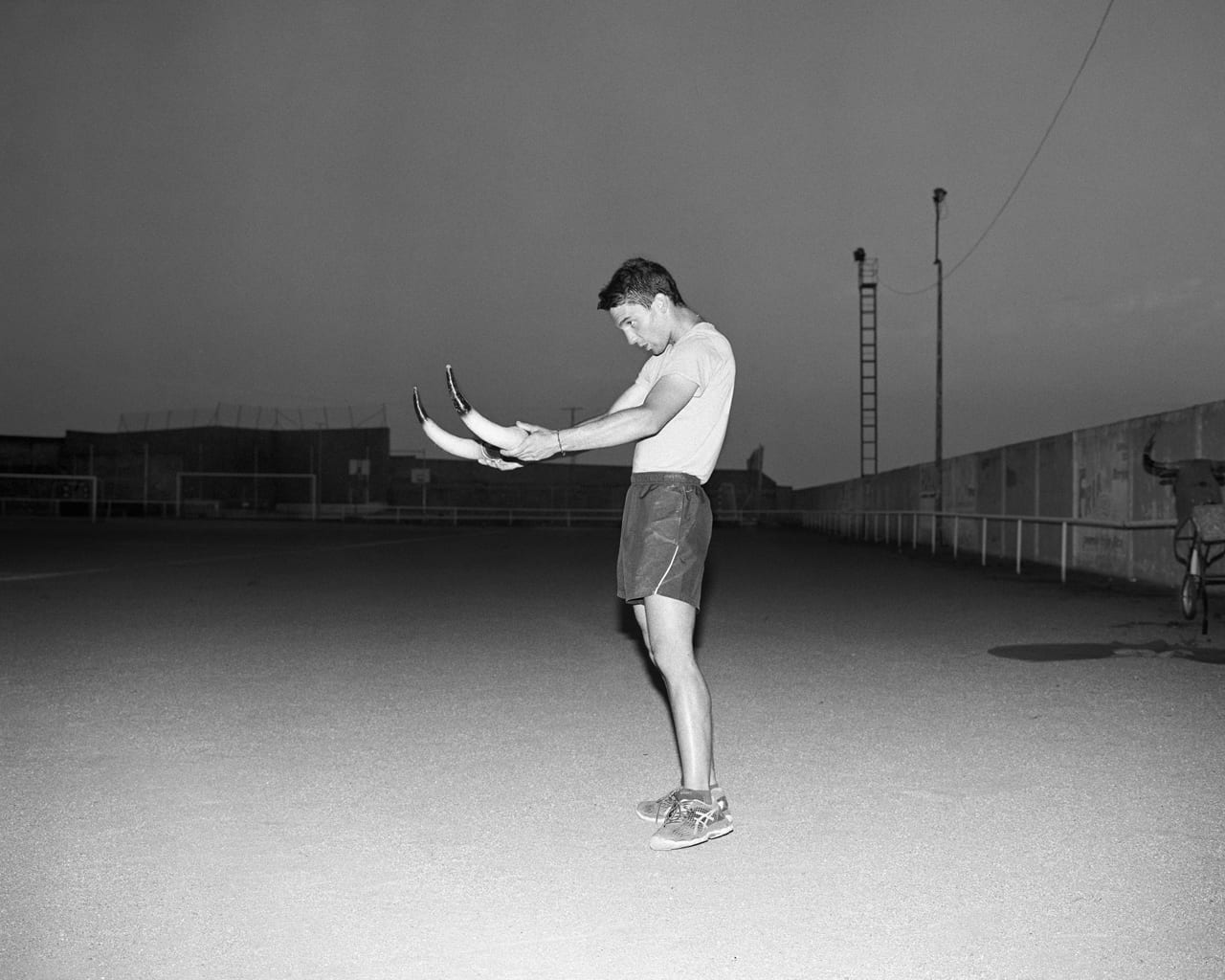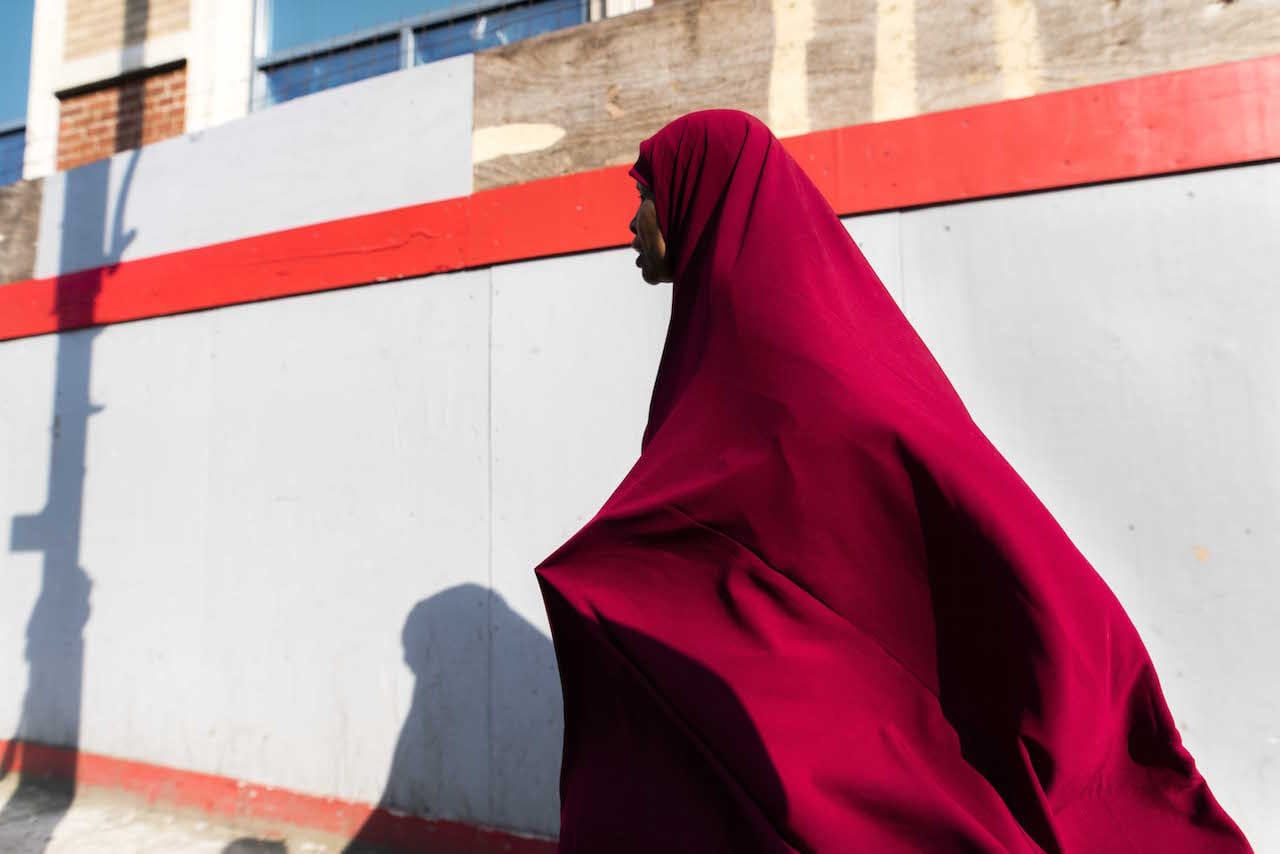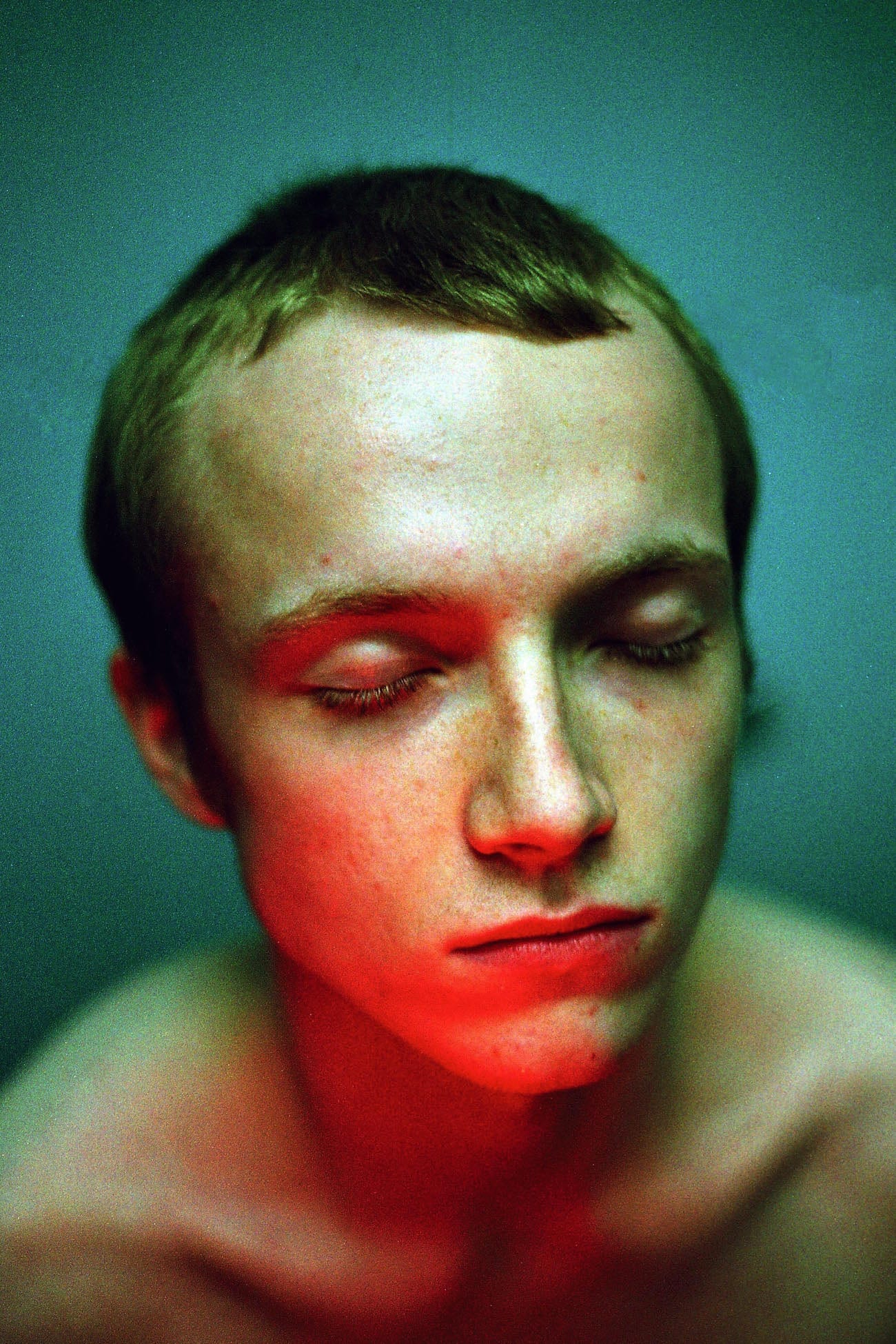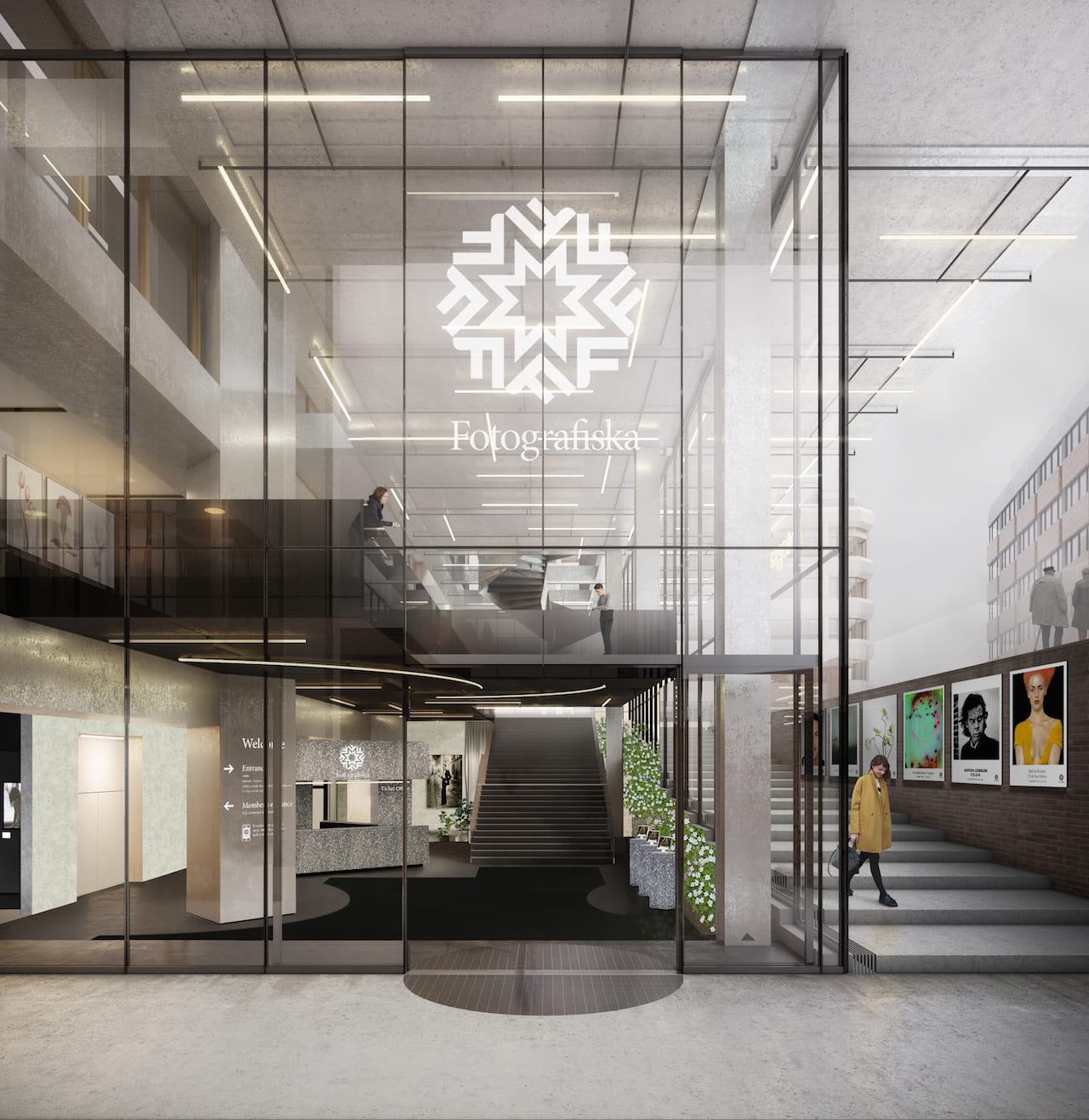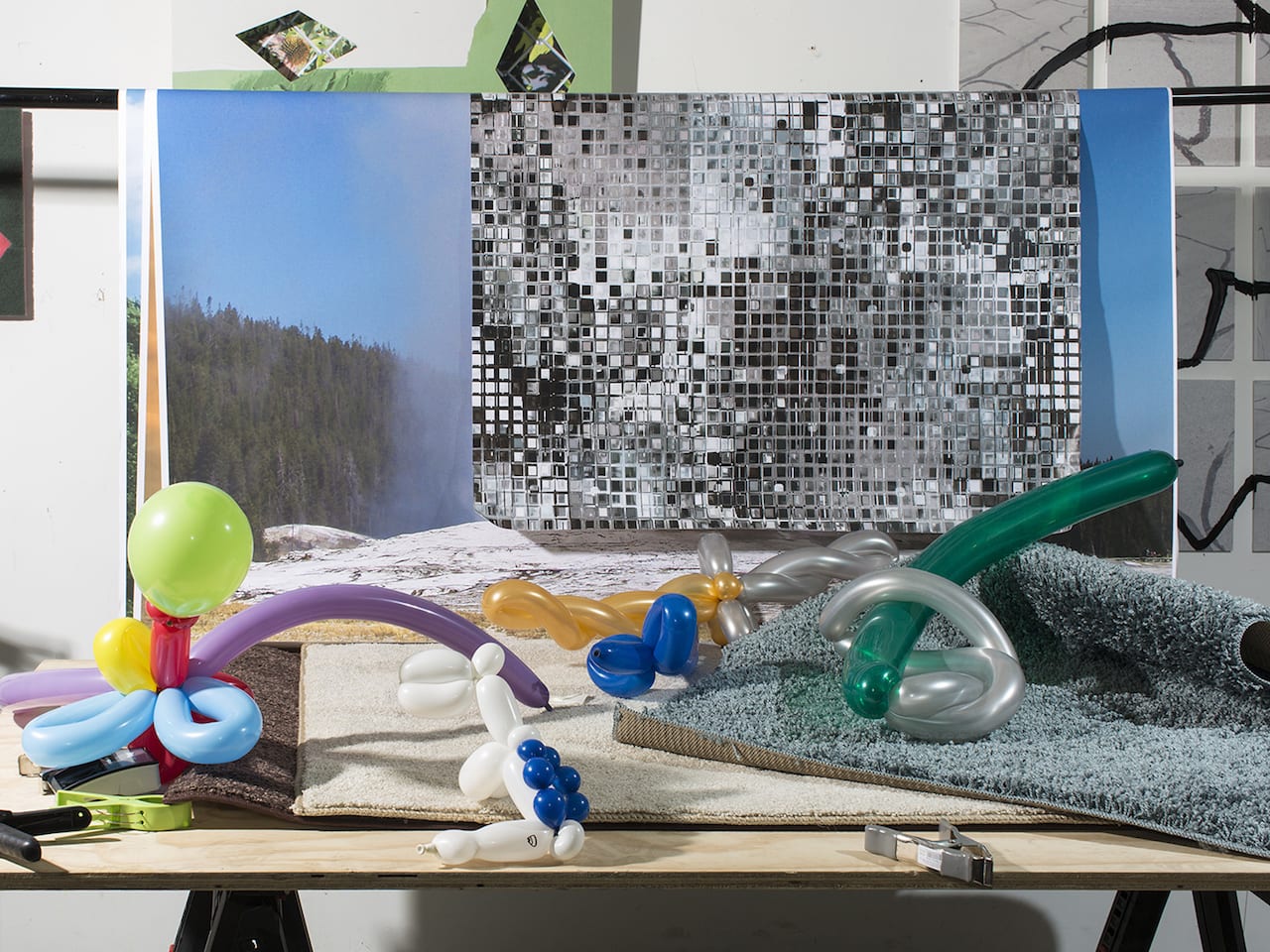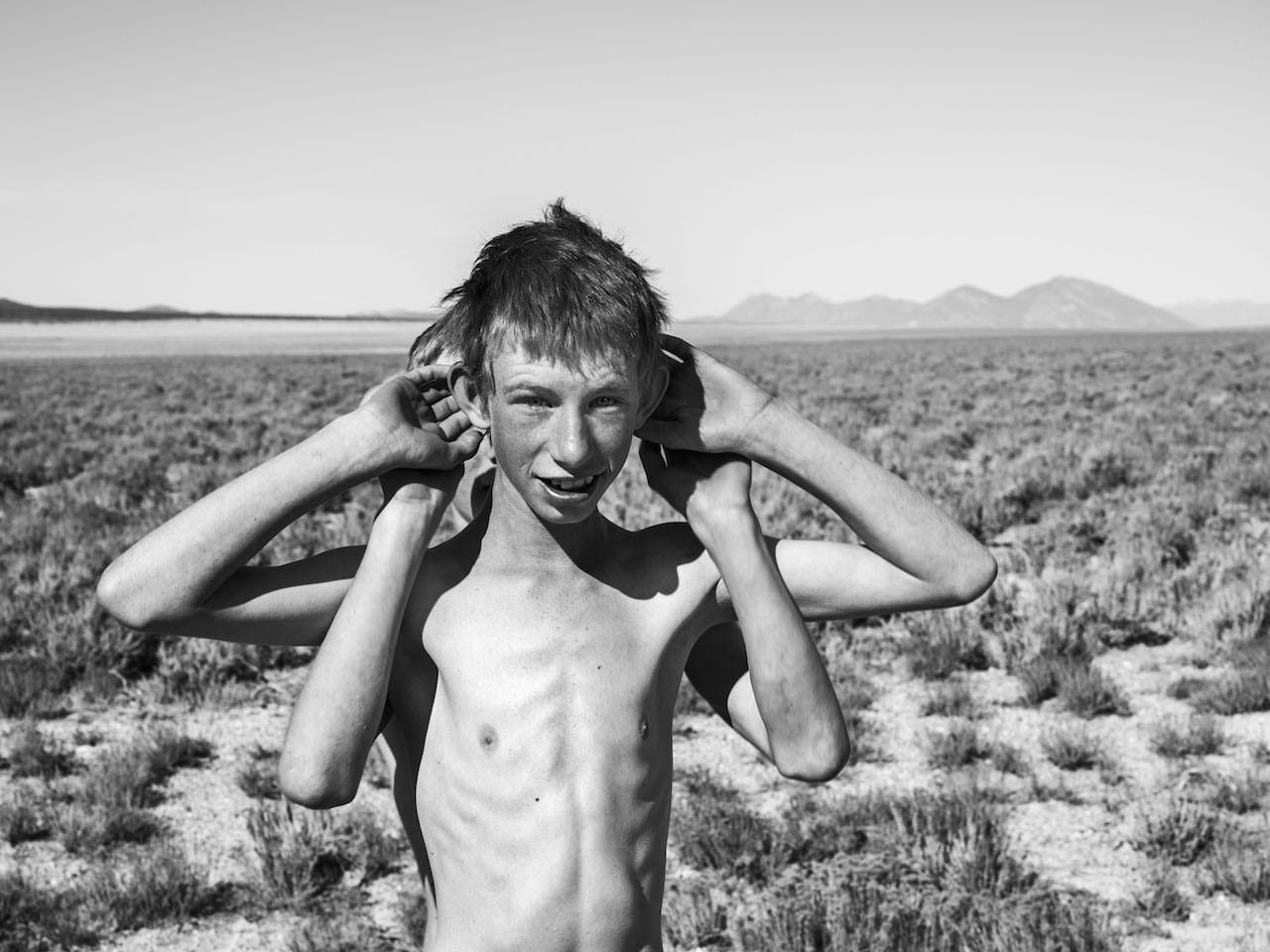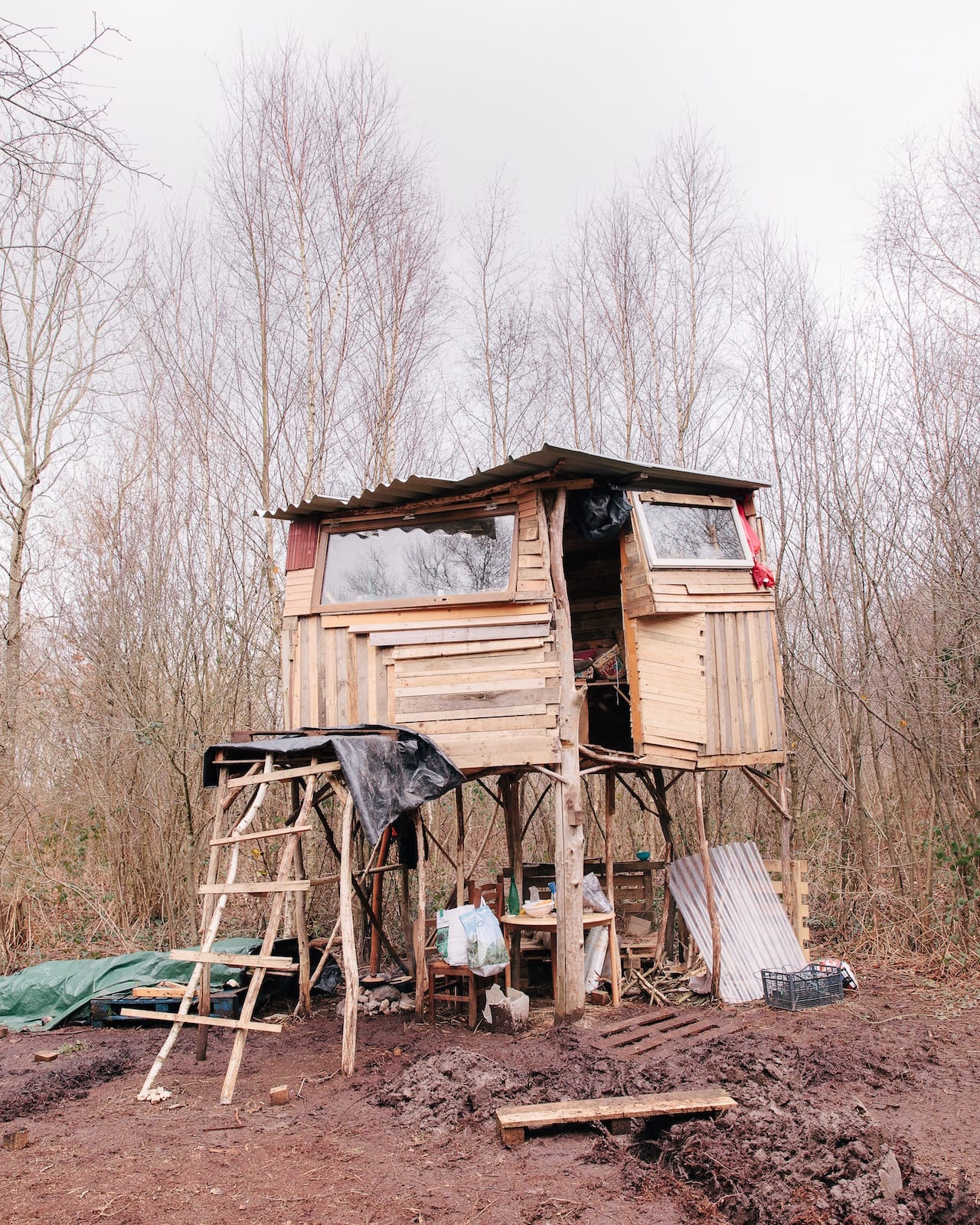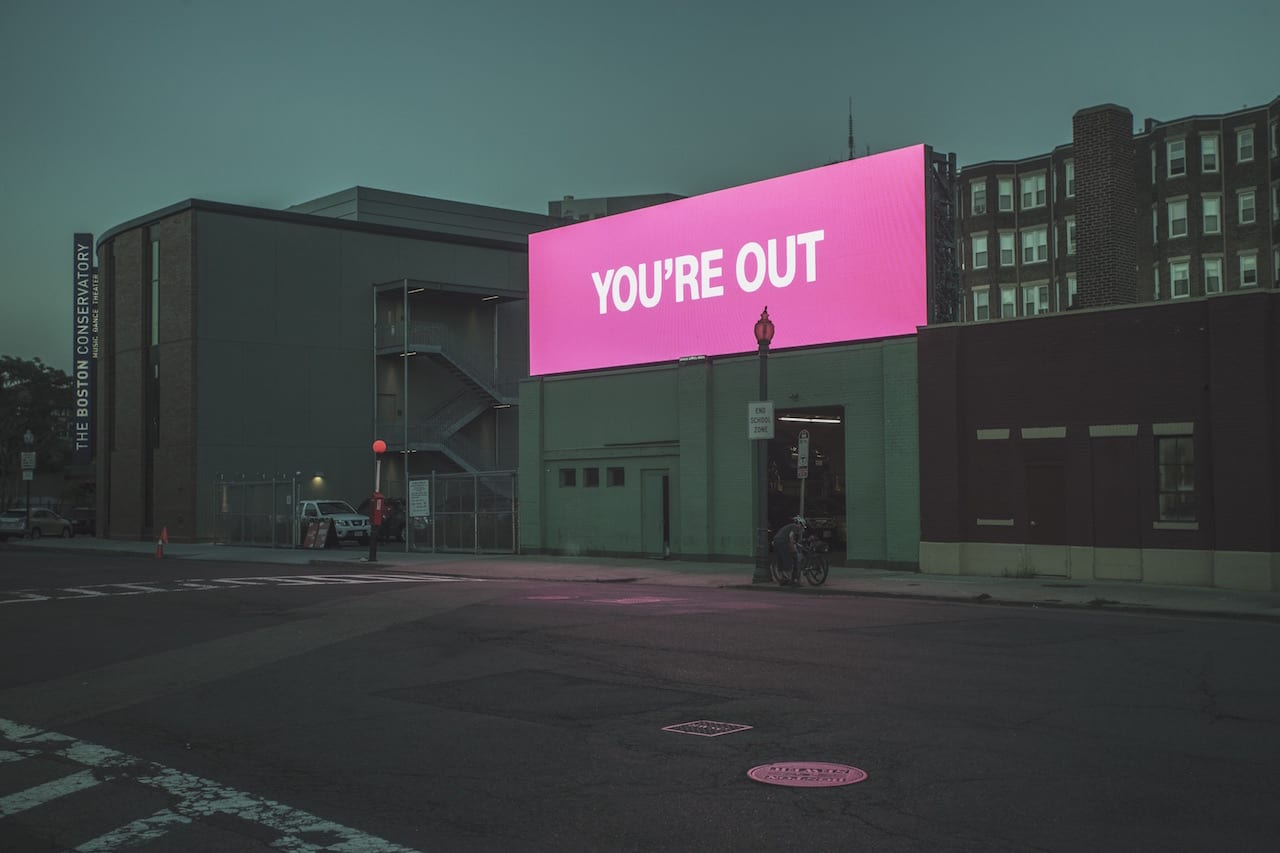“It’s amazing how such a seemingly simple, common and universal concept as ‘home’ actually becomes incredibly complicated and difficult to pin down, once you really start to consider it on a personal level,” says Aaron Schuman, curator of this year’s JaipurPhoto festival in India, which is themed Homeward Bound. After discussing with the festival’s artistic director, Lola MacDougall, he discovered that JaipurPhoto was originally established as an “open-air travel photography festival”, a label he was initially wary of. For him, the term travel photography “generally alludes to a type of imagery that’s often rather simplistic, generic, stereotypical or predictable”, he says – but he liked 2017 edition of the festival, which was guest-curated by Federica Chiocchetti and themed Wanderlust.
